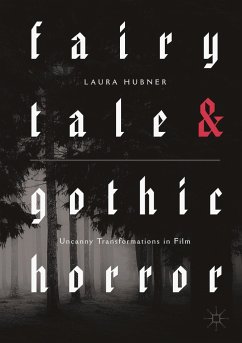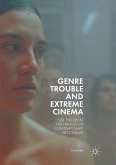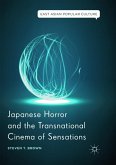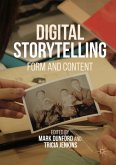This book explores the idiosyncratic effects generated as fairytale and gothic horror join, clash or merge in cinema. Identifying long-held traditions that have inspired this topical phenomenon, the book features close analysis of classical through to contemporary films. It begins by tracing fairytale and gothic origins and evolutions, examining the diverse ways these have been embraced and developed by cinema horror. It moves on to investigate films close up, locating fairytale horror, motifs and themes and a distinctively cinematic gothic horror. At the book's core are recurring concerns including: the boundaries of the human; rational and irrational forces; fears and dreams; 'the uncanny' and transitions between the wilds and civilization. While chronology shapes the book, it is thematically driven, with an interest in the cultural and political functions of fairytale and gothic horror, and the levels of transgression or social conformity at the heart of the films.
"Fairytale and Gothic Horror is useful to readers who want to discuss horror as a manifestation of psychology, time, place, and circumstances, as well as those interested in horror-film trends. It would make an excellent outline for a course in gothic cinema and a good supplemental read for a course in cinematic adaptations of fairy tales." (Cory Thomas Hutcheson, Marvels & Tales: Journal of Fairy-Tale Studies, Vol. 33 (1), 2019)








